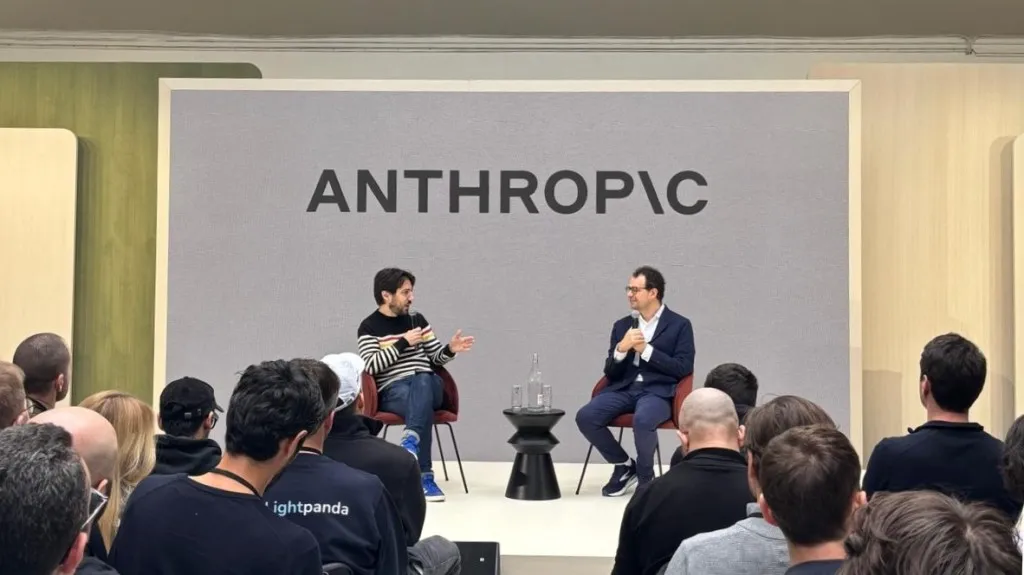In today’s tech ecosystem, where disruption arrives in waves, staying ahead is not just about innovation—it’s about anticipating the next frontier. For IBM and AMD, two giants with deep technological legacies, the rise of generative AI exposed a pressing challenge: they were falling behind rivals like Google, OpenAI, and NVIDIA in shaping the future of artificial intelligence.
Rather than chasing from behind, both companies have chosen a bold strategy—pivoting heavily into quantum computing as a pathway to reassert leadership in AI.
From Generative AI Setbacks to Quantum Ambitions
- IBM’s AI legacy: Long regarded as an AI pioneer with projects like Watson, IBM initially dominated in enterprise AI. But the generative AI wave, popularized by OpenAI’s ChatGPT and Google’s Gemini, shifted market momentum toward consumer-friendly, large-scale language models—an area where IBM lagged.
- AMD’s hardware strength: Known for its high-performance processors and GPUs, AMD’s competitive advantage was hardware. Yet as NVIDIA’s GPUs became the backbone of most generative AI training and inference, AMD faced the risk of being sidelined.
Acknowledging these gaps, both companies recognized that catching up in generative AI alone wouldn’t be enough. Instead, they set their sights on an area where they could leapfrog the competition: quantum computing.
Why Quantum? The Missing Piece in AI’s Evolution
Quantum computing represents a radical shift away from the binary architecture of classical systems. Instead of processing bits as 0s and 1s, quantum computers use qubits, which can exist in multiple states simultaneously. This allows them to solve certain classes of problems—like optimization, simulation, and massive-scale pattern recognition—at speeds unimaginable to traditional hardware.
For AI, the implications are staggering:
- Faster training for complex models: Quantum-enhanced algorithms could reduce the time and cost of training large AI models.
- Breakthroughs in optimization: Industries like logistics, healthcare, and finance could harness quantum-AI hybrids for near-instant optimization.
- New frontiers in security: As AI grows, so does the need for stronger cryptography—another area where quantum computing is poised to play a role.
For IBM and AMD, quantum technology isn’t just an experiment—it’s a strategic differentiator that can set them apart in a saturated AI race.
IBM and AMD’s Quantum Moves
- IBM: The company has been investing in quantum R&D for years through the IBM Quantum program, offering cloud access to quantum processors and building an ecosystem of developers, startups, and enterprises experimenting with quantum-AI applications. Its roadmap projects thousands of qubits in the coming decade, positioning IBM as a frontrunner in real-world quantum deployment.
- AMD: While AMD is better known for GPUs, the company has doubled down on research partnerships, chip architectures, and specialized quantum accelerators that could integrate with classical systems. By leveraging its hardware expertise, AMD aims to become the hardware backbone of the quantum-AI era, competing head-on with NVIDIA’s dominance.
The Convergence of Quantum and AI
Imagine a symphony orchestra: classical hardware plays the familiar notes of computation, while quantum acts as the conductor—coordinating, amplifying, and accelerating the entire performance. That is the vision IBM and AMD are betting on: a future where quantum computing orchestrates AI at scales and speeds currently beyond imagination.
According to Forbes, quantum computing could unlock immense potential for AI applications, reshaping industries from pharmaceuticals to autonomous systems.
What This Means for the Tech Landscape
The move signals more than a strategic pivot; it reflects a broader reality in the tech industry: generative AI is only the beginning. The next competitive battlefield will be the integration of AI with quantum computing.
By embracing quantum:
- IBM is leveraging its enterprise ecosystem to create real-world applications for clients in finance, chemistry, and logistics.
- AMD is carving out space as the go-to hardware provider for quantum-AI convergence, potentially eroding NVIDIA’s monopoly.
Both are positioning themselves as architects of the post-generative era, future-proofing their businesses while shaping what could be the most transformative technological wave yet.
The convergence of quantum computing and AI marks a turning point in the digital revolution. IBM and AMD’s strategic bet is more than a catch-up play—it’s a declaration of intent to lead the charge into the quantum-powered future.
As quantum and AI intersect, we are likely to witness breakthroughs that redefine industries, societies, and perhaps even the limits of human imagination.





